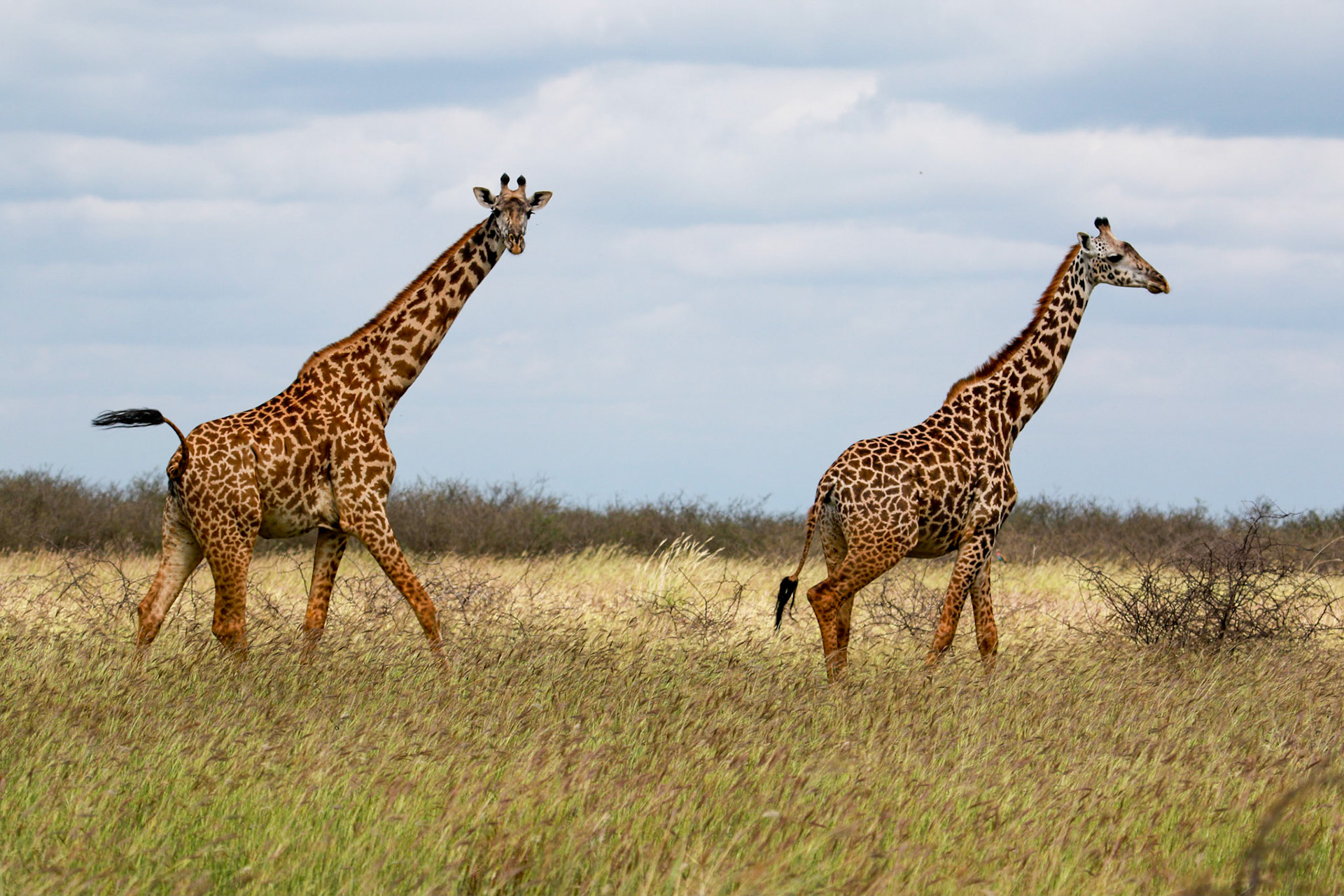In 2019, I traveled to Tanzania with an Earlham study abroad program focused on animal behavior and conservation in the Tarangire region. Located in northern Tanzania, the greater Tarangire-Manyara ecosystem includes some of Tanzania’s best known wildlife hotspots, including Lake Manyara National Park, Tarangire National Park, and parts of the Ngorongoro Conservation Area.
As part of this program, I worked with three fellow students on a study examining social organization and behavior of the Masai giraffe (Giraffa camelopardalis tippelskirchi) in Randilen Wildlife Management Area. Specifically, we focused on three broad elements of behavior: the composition of their towers (herds), the proportion of time individuals spend on different behaviors (e.g., foraging, traveling, and standing vigilant), and at what height they prefer to browse.
Among our observations, we found support for the notion that giraffe form variable, fluid herd structures, evidence of distinct habitat preferences for different behaviors such as foraging and ruminating, and sex-specific preferred browsing height. Additionally, we observed an all-female tower engaged in mutual neck-to-neck and neck-to-body rubbing. To the best of our knowledge, this behavior has not previously been reported in giraffes.

An adult male tests a female's reproductive status by inducing her to urinate then drawing the urine over glands in the mouth and nose: a process called the flehmen response

Two giraffe walk across the savanna

Less common behaviors: drinking and scratching

A mother and her newborn calf: the umbilical cord still visible

A typical mixed-sex tower

One of the largest towers we observed

The research team!
